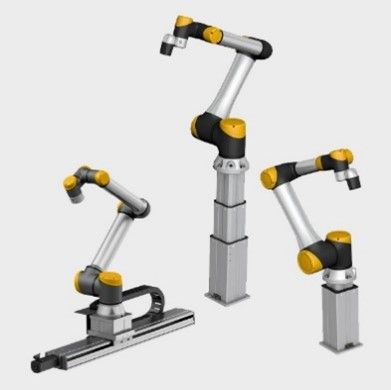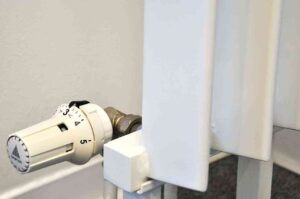In an industrial environment that increasingly demands efficiency and agility, the automation of manual tasks is presented as a crucial solution to increase productivity. Schaeffler, recognized as the leading company in motion technology, has introduced innovations in the field of electromechanical linear motion, a technology that promises to transform operational processes in various industries.
Automation has experienced a notable boost in recent years, changing the way companies operate. It is estimated that the demand for automation technologies will grow at a rate of 9.2% annually over the next five years, surpassing the industry average. This growth is attributed, in part, to significant advances in robotics and the use of artificial intelligence, which optimize processes and improve the integration of various functionalities in the production chain.
One of the highlights of this revolution is the transition from traditional drive systems, such as hydraulic and pneumatic systems, to more efficient alternatives: electromechanical actuators. These devices, which use ball or roller screw mechanisms driven by electric motors, offer great flexibility and precision in their operation. In addition, they eliminate the need for complex pipes and pumps, facilitating their integration into machine design.
Electromechanical cylinders stand out for their remarkable energy efficiency, achieving up to 80% of the energy they consume in useful work. Their ability for precise control is another of their great advantages. Thanks to the direct connection between the motor and the screw, they allow for exceptional repeatability and automatic adjustments that optimize production and minimize errors.
In the field of robotics, electromechanical actuators have taken a significant leap by providing mobility and versatility to collaborative robots (cobots). Equipped with mobile platforms and linear modules, these robots can perform tasks at different heights and along the production line. In partnership with Universal Robotics, Schaeffler has developed solutions that enable a rapid integration of these capabilities into robotic systems, facilitating companies to quickly adapt to market demands.
This focus on automation and process modernization responds to a growing need in the industry to improve productivity and reduce costs, while minimizing environmental impact. The implementation of electromechanical actuators not only enhances operational efficiency but also becomes a key element for the future development of smarter and more flexible automation solutions, which are shaping the future of manufacturing.
Automation has experienced a notable boost in recent years, changing the way companies operate. It is estimated that the demand for automation technologies will grow at a rate of 9.2% annually over the next five years, surpassing the industry average. This growth is attributed, in part, to significant advances in robotics and the use of artificial intelligence, which optimize processes and improve the integration of various functionalities in the production chain.
One of the highlights of this revolution is the transition from traditional drive systems, such as hydraulic and pneumatic systems, to more efficient alternatives: electromechanical actuators. These devices, which use ball or roller screw mechanisms driven by electric motors, offer great flexibility and precision in their operation. In addition, they eliminate the need for complex pipes and pumps, facilitating their integration into machine design.
Electromechanical cylinders stand out for their remarkable energy efficiency, achieving up to 80% of the energy they consume in useful work. Their ability for precise control is another of their great advantages. Thanks to the direct connection between the motor and the screw, they allow for exceptional repeatability and automatic adjustments that optimize production and minimize errors.
In the field of robotics, electromechanical actuators have taken a significant leap by providing mobility and versatility to collaborative robots (cobots). Equipped with mobile platforms and linear modules, these robots can perform tasks at different heights and along the production line. In partnership with Universal Robotics, Schaeffler has developed solutions that enable a rapid integration of these capabilities into robotic systems, facilitating companies to quickly adapt to market demands.
This focus on automation and process modernization responds to a growing need in the industry to improve productivity and reduce costs, while minimizing environmental impact. The implementation of electromechanical actuators not only enhances operational efficiency but also becomes a key element for the future development of smarter and more flexible automation solutions, which are shaping the future of manufacturing.
Referrer: MiMub in Spanish











